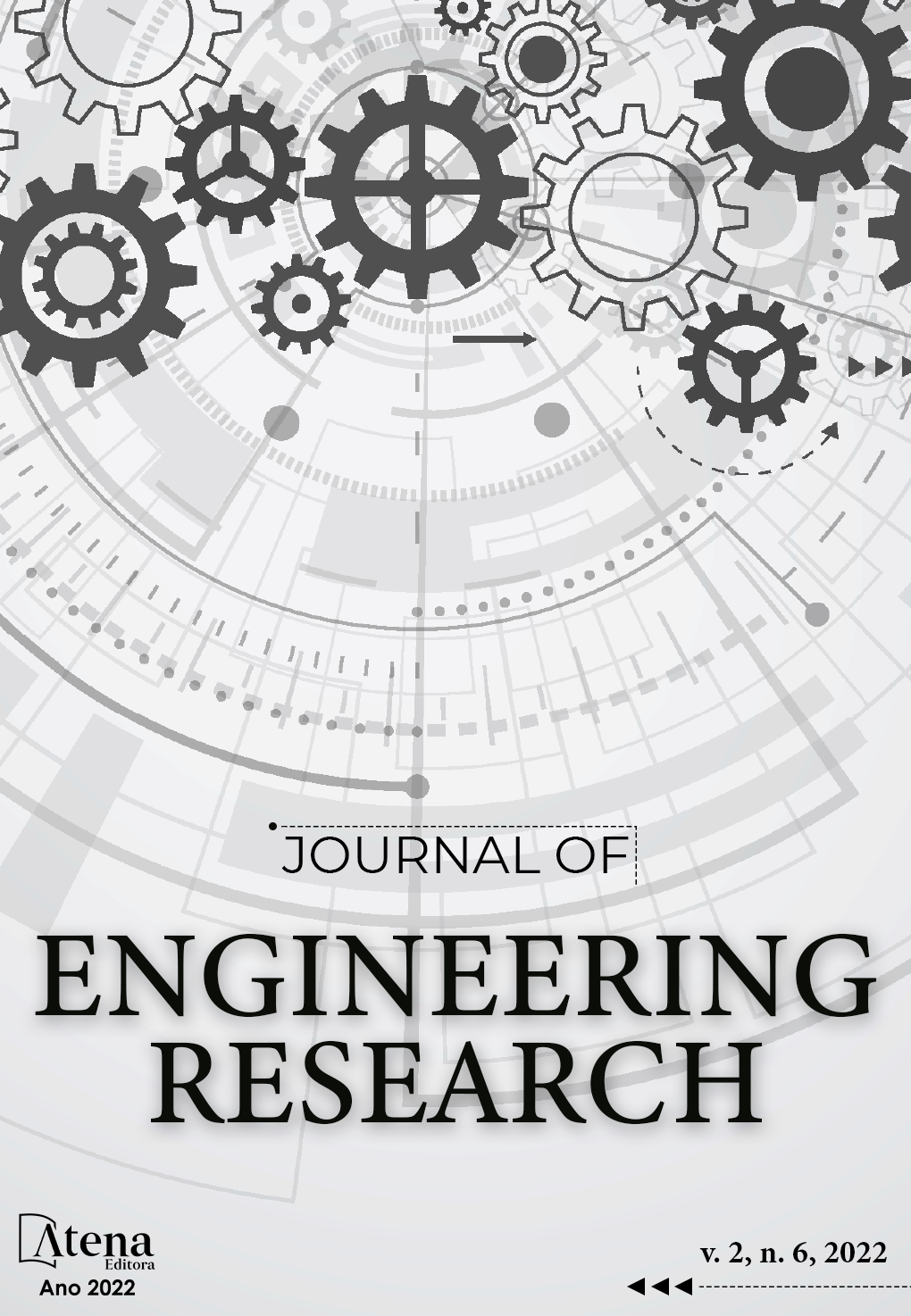
BIOTRATAMIENTO DE SUELO CONTAMINADO POR ACEITE RESIDUAL AUTOMOTRIZ: UN RESIDUO PELIGROSO
El aceite residual automotriz (ARA) es una mezcla de hidrocarburos clasificada como un residuo peligroso de acuerdo la Ley General del Equilibrio Ecológico y Protección al Ambiente de México, que al contaminar el suelo es un problema mundial ambiental en la actualidad. La norma mexicana NOM-138-SEMARNAT/ssa1-2012 (NOM-138), establece límite máximo permisible de hidrocarburos en suelo de 4,400 ppm. Una solución eficaz para la recuperación del suelo impactado por relativas altas concentraciones de ARA es la biorremediación mejorada mediante bioestimulación y fitorremediación. Los objetivos de este trabajo fueron: a) bioestimulación (BIS) de suelo contaminado por 60,000 ppm de ARA, y b) fitorremediación (FITO) del suelo con Sorghum vulgare, potenciado con Penicillium chrysogenum y Aspergillus niger para reducir el ARA a una concentración inferior a la máxima permitida por la NOM-138. Para ello, el suelo se contaminó con 60,000 ppm de ARA que bioestimuló con solución detergente, solución mineral, extracto fúngico crudo y H2O2 (peróxido de hidrogeno). Para eliminar el ARA remanente de la bioestimulación se fitorremedió el mismo suelo con S. vulgare potenciado con Penicillium chrysogenum y Aspergillus niger. Las variables de respuesta fueron la biomasa fresca y seca de S. vulgare y concentración inicial y final del ARA por Soxhlet. Los resultados mostraron que la BIS del suelo contaminado por ARA, disminuyó el ARA de 60,000 hasta 13,057 ppm. Luego, en la FITO S. vulgare con ambos hongos registró los mayores valores de 7.6 g de peso fresco aereo, 8.8 g de peso fresco de raíz y 1.5 g de peso seco aéreo y de raíz. S. vulgare con A. niger y P. chrysogenum, redujo el ARA de 13,057 ppm a 2,649 ppm, valor inferior al máximo permisible de la NOM-138. Esta estrategia mejorada de bioestimulación y fitorremediación demostró ser una técnica de biorremediación efectiva de recuperación de suelo en comparación con otros métodos biológicos.
BIOTRATAMIENTO DE SUELO CONTAMINADO POR ACEITE RESIDUAL AUTOMOTRIZ: UN RESIDUO PELIGROSO
-
DOI: 10.22533/at.ed.317262221041
-
Palavras-chave: suelo, mezcla hidrocarburos, microorganismos, plantas, mineralización.
-
Keywords: soil, hydrocarbon mixture, microorganisms, plants, mineralization.
-
Abstract:
Waste motor oil (WMO) is a mixture of hydrocarbons classified as hazardous waste according to the Ley General del Equilibrio Ecológico y Protección al Ambiente of Mexico which, as a soil contaminant, is currently a global environmental problem. Mexican standard NOM-138-SEMARNAT/ssa1-2012 (NOM-138) establishes a maximum permissible limit of hydrocarbons in soil of 4,400 ppm. An effective solution for the recovery of soil impacted by relatively high concentrations of WMO is enhanced bioremediation through biostimulation and phytoremediation. The objectives of this work were: a) biostimulation (BIS) of soil contaminated by 60,000 ppm ARA, and b) phytoremediation (PHYTO) of soil with Sorghum vulgare, enhanced with Penicillium chrysogenum and Aspergillus niger to reduce WMO to a concentration below the maximum allowed by NOM-138. For this purpose, the soil was contaminated with 60,000 ppm of WMO and biostimulated with detergent solution, mineral solution, crude fungal extract and H2O2 (hydrogen peroxide). To eliminate the WMO remaining from the biostimulation, the same soil was phytoremediated with S. vulgare enhanced with Penicillium chrysogenum and Aspergillus niger. The response variables were fresh and dry biomass of S. vulgare and initial and final concentration of WMO by Soxhlet. The results showed that the BIS of the WMO contaminated soil decreased the WMO from 60,000 to 13,057 ppm. Then, in the PHYTO S. vulgare with both fungi recorded the highest values of 7.6 g aerial fresh weight, 8.8 g root fresh weight and 1.5 g aerial and root dry weight. S. vulgare with A. niger and P. chrysogenum reduced WMO from 13,057 ppm to 2,649 ppm, a value lower than the maximum allowable value of NOM-138. This improved biostimulation and phytoremediation strategy proved to be an effective bioremediation technique for soil remediation compared to other biological methods.
-
Número de páginas: 15
- Liliana Márquez Benavides
- Gustavo Santoyo
- Juan Manuel Sánchez-Yáñez
- Blanca Celeste Saucedo Martinez


